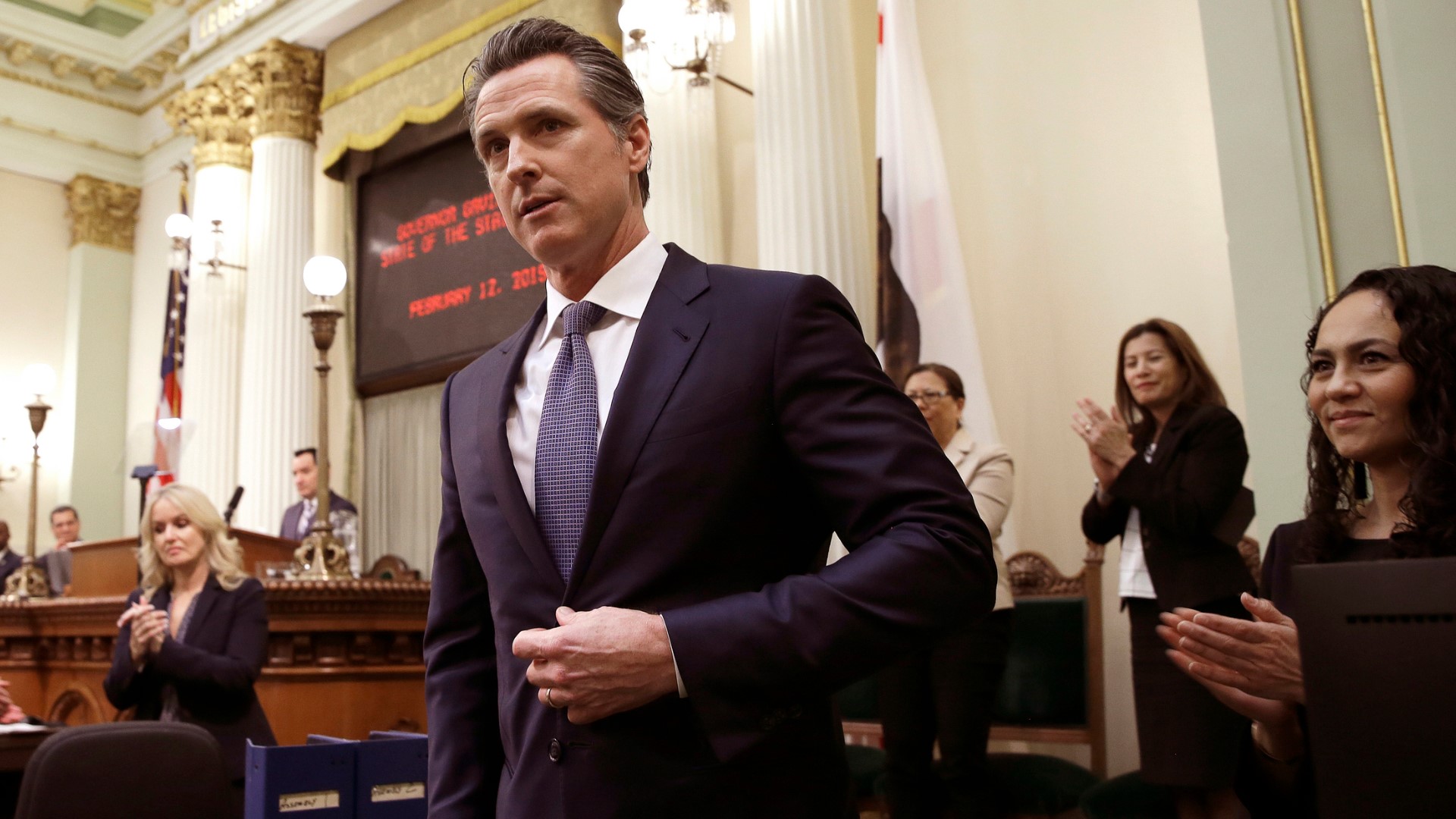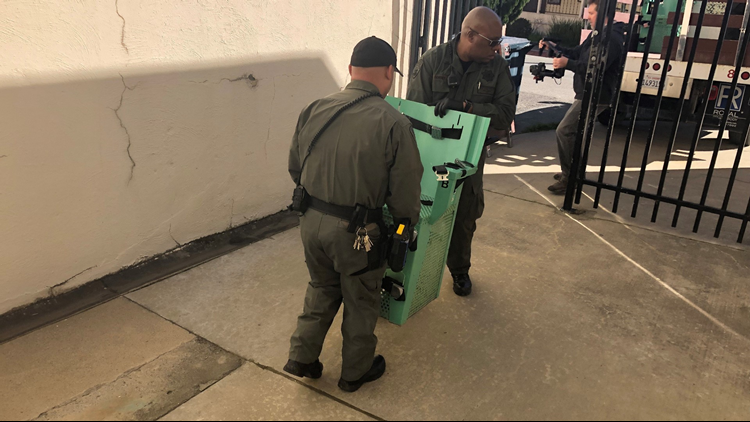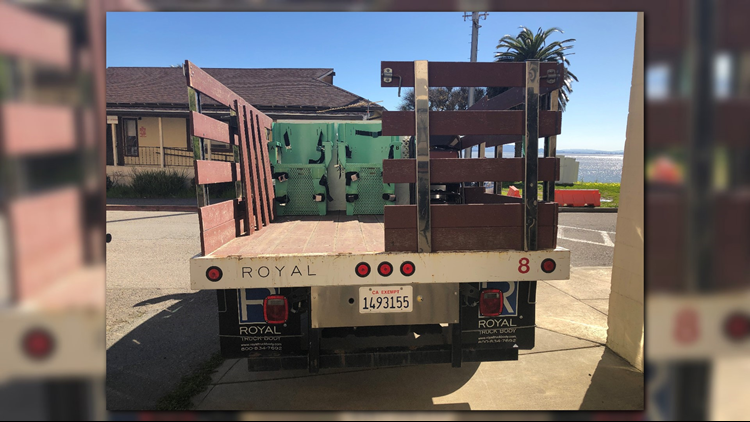SACRAMENTO, Calif. — California Gov. Gavin Newsom has signed off on a moratorium for the death penalty, adding to the long history of one of California's most controversial topics.
After the executive order, the gas chamber at San Quentin State Prison was dismantled with crews removing both the green chairs from the chamber and the gurney used for lethal injection.
In California, there have 135 deaths since 1978, however, 79 were of natural causes, 26 were by suicide, 11 are classified as "other," and 4 are still pending a cause of death. Fifteen of the 135 were executions, 13 of which took place in California.
DEATH PENALTY TIMELINE
1851
- Legal executions in California authorized under the Criminal Practices Act of 1851
1872
- Capital punishment is incorporated into the penal code
1891
- Capital punishment stops at county and is conducted at the state level
Mar. 1893
- First state execution at San Quentin Prison is carried out by hanging
August 1937
- Lethal gas replaces hanging as the method of capital punishment
Dec. 1938
- First execution by lethal gas is performed
May 1942
- Last person executed by hanging in San Quentin (1937 law did not impact the execution method for those already sentenced)
1967
- The last year an execution would take place in California for 25 years
Feb. 1972
- California Supreme Court found the death penalty constituted cruel and unusual punishment in the state constitution.
1973
- Legislation was enacted that made the death penalty mandatory in specific criminal cases
1976
- California supreme court holds that the California death penalty was unconstitutional under the U.S. Constitution
1977
- State legislature reinstates death penalty statute
1978
- Voters approved Prop 7 reaffirming the death penalty in California, the current law
April 1992
- Executions resume in California when Robert Alton Harris is put to death in the San Quentin Gas Chamber
Oct. 1994
- Cyanide gas ruled by a U.S. judge to be cruel and unusual punishment. California was barred from using this method of execution
Feb. 1996
- William Bonin was the first Californian to be executed by lethal injection
Jan. 2006
- Clarence Ray Allen becomes the last man to be executed in California under the death penalty. He was sentenced to death in November of 1982
Feb. 2006
- A case gets filed by condemned inmate Michael Morales challenging the constitutionality of the three-drug lethal injection protocol, claiming it would subject him to unnecessary pain and violate the 8th amendment
- According to the Department of Corrections, an additional 21 condemned inmates were granted motions to intervene and were issued stays of execution
2008
- The California Commission on the Fair Administration of Justice releases findings claiming “California’s death penalty is dysfunctional”
- It would additionally claim that it was plagued with excessive delays and a severe backlog in the review of appeals and habeas petition before the California Supreme Court
2010
- Albert Greenwood Brown, was scheduled for execution, however, it was reset to allow Brown to exhaust all appeals under the law
- Eventually, Brown's execution would be removed from the schedule. He is still listed as being in prison
Nov. 2012
- Prop 34, the SAFE [Savings, Accountability, and Full Enforcement] California Act, was rejected by voters 52 percent to 48 percent. This act would have eliminated the death penalty and replaced it with life in prison without the possibility of parole
July 2014
- A US District Court holds that the death penalty was so dysfunctional that it amounted to cruel and unusual punishment
Nov. 2015
- A federal appeals court upholds the death penalty in CA, overturning the decision from 2014 US District Court decision
2015
- California develops a new single-drug procedure, which is a choice of barbiturates: amobarbital, penotobarbital, secobarbital, and thiopental
2016
- Office of Administrative Law rejects single-drug procedure California developed for lethal injection protocol
Nov. 2016
- Proposition 62, which would have repealed the death penalty, is rejected by a vote of 53 to 47
- Proposition 66, which would have streamlined the capital appeal process, passed 51 to 49
- Courts would rule that a provision in Prop 66 requiring the appeal process to end within five years was directive as opposed to mandatory
Mar. 13, 2019
- Gov. Newsom signs a moratorium on the death penalty
- Gas chamber at San Quentin Prison is dismantled
Execution chamber dismantled at San Quentin State Prison
________________________________________________________________
California Gov. Gavin Newsom has signed an executive order putting a moratorium on executions in the most populous state.









